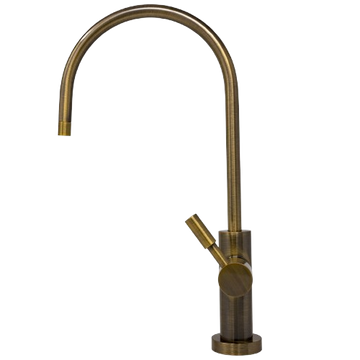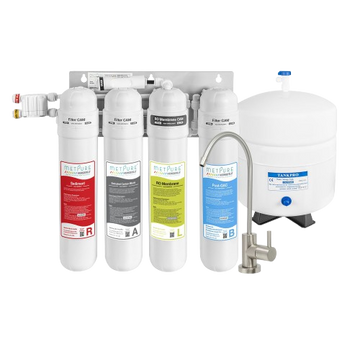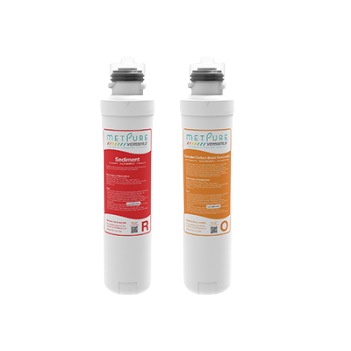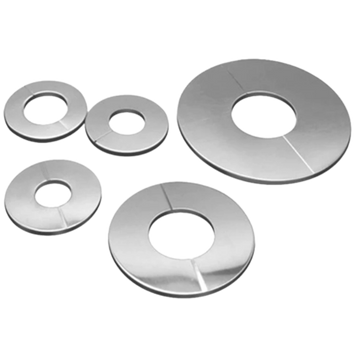Dealing with a clogged toilet can be an inconvenient and frustrating experience. The urgency to resolve the issue is paramount, considering the disruption it causes daily. This guide provides a comprehensive step-by-step approach to help you effectively unclog your toilet, ensuring a swift and hassle-free resolution. From gathering the necessary supplies to assessing the severity of the clog, each section offers valuable insights to empower you in managing this common household predicament.
I. Gather Necessary Supplies
Before diving into the task of unclogging a toilet, gathering the necessary supplies is essential. A reliable plunger takes center stage, the primary tool for dislodging the blockage. Additionally, rubber gloves become a crucial accessory, ensuring cleanliness and hygiene during unclogging. This section will elaborate on the importance of these supplies and how having the right tools at your disposal sets the stage for a successful unclogging endeavor.
II. Assess the Severity of the Clog
Understanding the severity of a toilet clog is the key to choosing the most effective unclogging method. This section delves into how to assess the situation, taking note of water levels and identifying potential causes of the blockage. By gaining insights into the nature of the clog, you can tailor your approach, whether it's a minor obstruction or a more challenging issue. This step is crucial for selecting the appropriate unclogging method and ensuring a successful resolution to the problem.
III. Preparing the Toilet for Unclogging
Before initiating the unclogging process, properly preparing the toilet is important. This involves ensuring the plunger is clean and in good condition, as a dirty or damaged plunger can hinder the unclogging efforts. Additionally, removing excess water from the bowl helps minimize the risk of splashing during the plunging process. This section will guide you through the necessary pre-unclogging steps, setting the stage for a more effective and sanitary resolution to the clog.
IV. Proper Plunging Technique
Mastering the art of proper plunging is essential for a successful unclogging endeavor. This section provides a detailed guide on positioning the plunger correctly over the drain opening, ensuring a secure seal. Applying firm, rhythmic plunges are emphasized to create the necessary suction and dislodge the clog effectively. Patience and persistence are key during this process, as it may require several attempts to achieve the desired results. Following the correct plunging technique maximizes the chances of clearing the toilet blockage efficiently.
V. Alternative Methods for Stubborn Clogs
For stubborn clogs that resist traditional plunging, exploring alternative methods becomes necessary. This section introduces the use of a toilet auger, a specialized tool designed to tackle more challenging blockages effectively. Additionally, DIY unclogging solutions involving hot water and dish soap are explored, providing alternatives for situations where the plunger alone may prove insufficient. Understanding these alternative methods equips you with diverse tools to address varying degrees of toilet clogs, ensuring adaptability in your unclogging approach.
VI. Post-Unclogging Maintenance
After successfully unclogging the toilet, post-unclogging maintenance is crucial to resolve the problem fully. Begin by flushing the toilet to confirm the clog has been completely cleared. This step is essential for verifying the effectiveness of the unclogging process. Following this, cleaning the plunger thoroughly and sanitizing the surrounding areas is important. Maintaining hygiene in the aftermath of the unclogging procedure is practical and ensures a clean and sanitary bathroom environment.
VII. Preventive Measures
Taking preventive measures is the key to avoiding future toilet clogs. This section focuses on educating individuals about habits contributing to clogs and provides insights into avoiding them. Simple changes in behavior, such as using less toilet paper or avoiding flushing non-flushable items, can go a long way in preventing clogs. Additionally, regular maintenance practices are discussed to keep the toilet in optimal condition, avoiding the buildup of materials that could lead to blockages. By implementing these preventive measures, homeowners can significantly reduce the likelihood of encountering toilet clogs in the future.

A DIY Guide to Sustainable Water Use
Water-Saving Fixtures Installation
Detail the process of installing water-saving fixtures like low-flow faucets and showerheads. Explain the benefits of these fixtures in reducing water consumption without compromising functionality.
DIY Greywater System
Explore the idea of creating a DIY greywater system to recycle water from showers and sinks for irrigation. Provide step-by-step instructions on setting up a simple, cost-effective system to repurpose water.
Leak Detection and Repair
Shift focus to promptly detecting and repairing leaks to prevent water wastage. Share DIY methods for identifying and fixing common leaks, emphasizing the impact of a proactive approach on water conservation.
Rainwater Harvesting for Gardening
Introduce the concept of rainwater harvesting and its benefits for sustainable gardening. Guide readers through setting up a rainwater harvesting system to collect and utilize rainwater for plants.
Composting Toilets
Explore the idea of composting toilets as an alternative to traditional flush toilets. Discuss the DIY installation process and highlight the eco-friendly advantages, such as reduced water usage and nutrient-rich compost.
Sustainable Drainage Solutions
Provide insights into sustainable drainage practices, such as permeable paving and rain gardens. Discuss DIY approaches to enhance water absorption into the soil and reduce stormwater runoff.
Community Water Conservation Initiatives
Encourage readers to get involved in community water conservation efforts. Discuss the impact of collective action, such as participating in local water-saving campaigns or discussing sustainable practices.
Conclusion
In conclusion, this guide has walked you through the essential steps for effectively unclogging a toilet. From gathering necessary supplies to assessing the severity of the clog and employing proper unclogging techniques, each step plays a crucial role in resolving this common household issue. Emphasizing the importance of timely action and preventive measures, this guide empowers individuals to address current clogs and minimize the likelihood of future incidents. By following these steps, you can confidently tackle toilet clogs and maintain a smoothly functioning plumbing system in your home.














